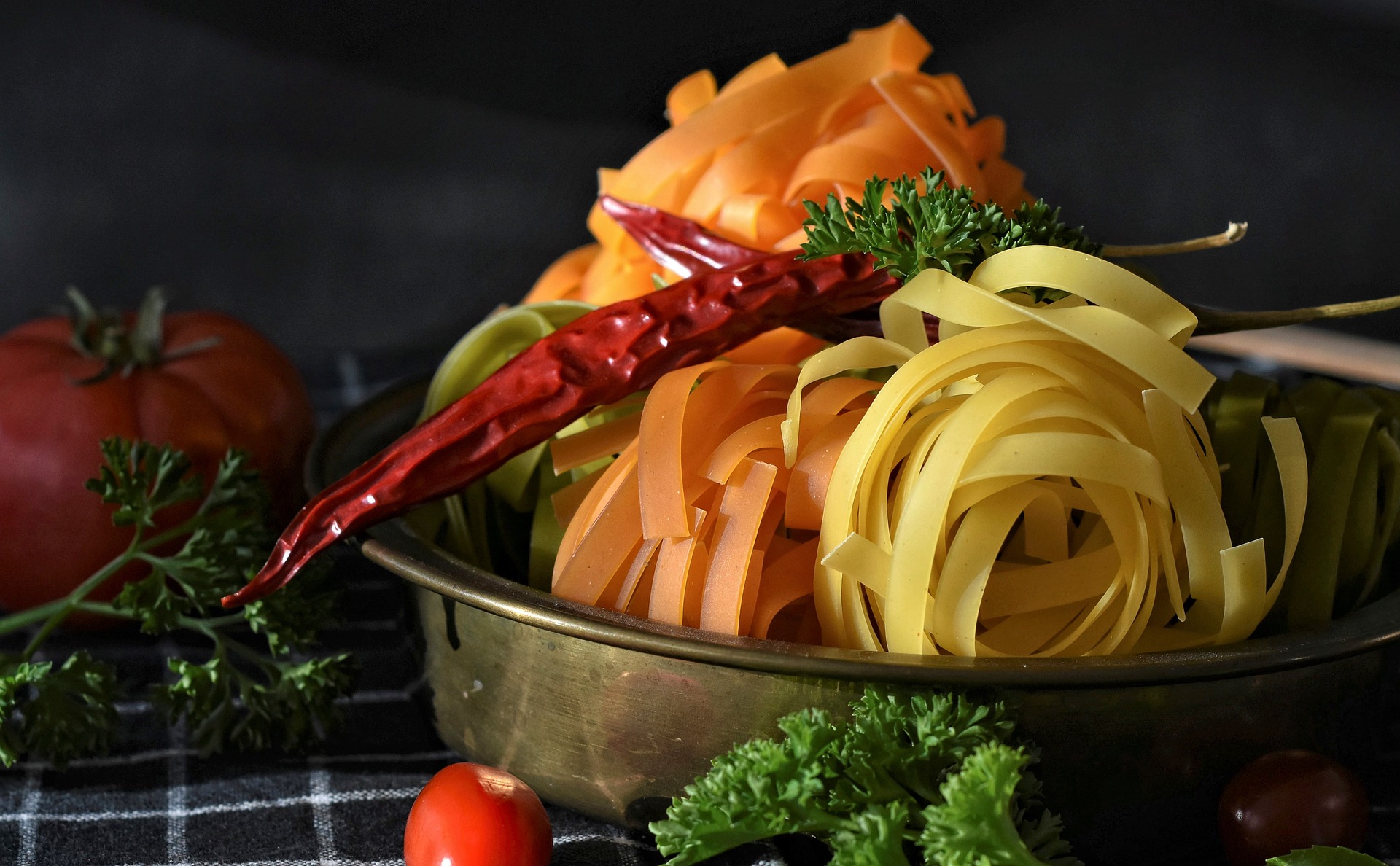Noodle Revolution: Slurping Through Global Pasta Innovations
Dive into the world of noodle innovations, where traditional pasta meets cutting-edge culinary creativity. From vibrant vegetable-infused strands to sustainable protein-packed alternatives, this global noodle revolution is reshaping our plates and palates. Join us on a journey through the latest trends, techniques, and tastes that are transforming the humble noodle into a canvas for gastronomic excellence.

Ancient Grains Make a Modern Comeback
In the quest for healthier and more diverse pasta options, ancient grains are experiencing a renaissance in the noodle world. Quinoa, amaranth, and teff are being milled into flours and transformed into pasta, offering unique flavors and textures along with impressive nutritional profiles. These grains, cultivated for thousands of years but only recently rediscovered by the modern food industry, provide higher protein content and a broader range of essential amino acids compared to traditional wheat pasta. Buckwheat noodles, long a staple in Japanese cuisine, are gaining popularity worldwide for their nutty flavor and gluten-free properties. As consumers become more health-conscious and adventurous in their culinary choices, these ancient grain noodles are finding their way onto menus and into home kitchens, offering a delicious way to diversify our diets and connect with culinary traditions of the past.
3D-Printed Pasta: Where Technology Meets Tradition
The intersection of technology and cuisine has given birth to one of the most exciting innovations in the pasta world: 3D-printed noodles. This cutting-edge technique allows for the creation of intricate pasta shapes that were previously impossible to produce by hand or machine. Imagine pasta that looks like delicate lace, complex geometric structures, or even personalized shapes for special occasions. Beyond aesthetics, 3D printing enables pasta makers to experiment with texture and mouthfeel in ways never before possible. By adjusting the density and structure of the pasta, chefs can create noodles that interact with sauces in novel ways, holding onto flavors or releasing them gradually as you eat. While still in its early stages, 3D-printed pasta represents a fascinating fusion of artisanal craftsmanship and technological innovation, promising to revolutionize both the form and function of our favorite carbohydrate.
Sustainable Protein Noodles: Eco-Friendly and Nutritious
As the world grapples with the environmental impact of food production, innovative pasta makers are turning to sustainable protein sources to create noodles that are both eco-friendly and nutritionally dense. Insect flour, derived from crickets or mealworms, is being incorporated into pasta dough, offering a high-protein alternative with a significantly lower environmental footprint compared to traditional animal proteins. For those not ready to embrace entomophagy, algae-based noodles provide another sustainable option, rich in protein and omega-3 fatty acids. Even more familiar protein sources like lentils and chickpeas are being reimagined as pasta, offering gluten-free alternatives that pack a protein punch. These innovative noodles are not only addressing concerns about sustainability and nutrition but are also opening up new flavor profiles and textures for adventurous eaters to explore.
Fermentation Meets Noodles: A Probiotic Twist
The growing interest in gut health and fermented foods has led to an intriguing development in the noodle world: probiotic pasta. Innovative food scientists and artisanal pasta makers are experimenting with fermentation techniques to create noodles that not only taste great but also offer potential health benefits. By fermenting the dough before shaping and drying, these noodles are imbued with beneficial bacteria that can support digestive health. The fermentation process also breaks down some of the starches in the pasta, potentially making it easier to digest and lowering its glycemic index. Beyond the health aspects, fermented noodles offer a unique tangy flavor profile that adds depth and complexity to dishes. From sourdough pasta to noodles fermented with kefir or kombucha cultures, this trend is bringing together the ancient art of fermentation with the beloved staple of pasta, creating a product that’s at once traditional and cutting-edge.
Noodle Innovations: Tips and Facts
• Vegetable-infused noodles can boost your meal’s nutritional value by up to 25%
• Ancient grain pasta often has a lower glycemic index compared to wheat pasta
• 3D-printed pasta can be customized to pair perfectly with specific sauces
• Insect-based noodles can contain up to 3 times more protein than traditional pasta
• Fermented noodles may improve gut health and offer a unique umami flavor
Embracing the Noodle Revolution
As we slurp our way through this global noodle revolution, it’s clear that pasta is no longer just a simple staple but a canvas for culinary innovation. From vibrant vegetable-infused strands to sustainable protein alternatives, ancient grains to high-tech 3D printing, the humble noodle is being reimagined in ways that excite both the palate and the imagination. These innovations not only offer new flavors and textures but also address modern concerns about health, sustainability, and nutrition. As we continue to push the boundaries of what’s possible with pasta, one thing remains certain: the future of noodles is as diverse and exciting as the global culinary landscape itself. So next time you twirl your fork, remember that you’re not just eating a meal, but participating in a delicious revolution that’s reshaping our relationship with one of the world’s most beloved foods.





